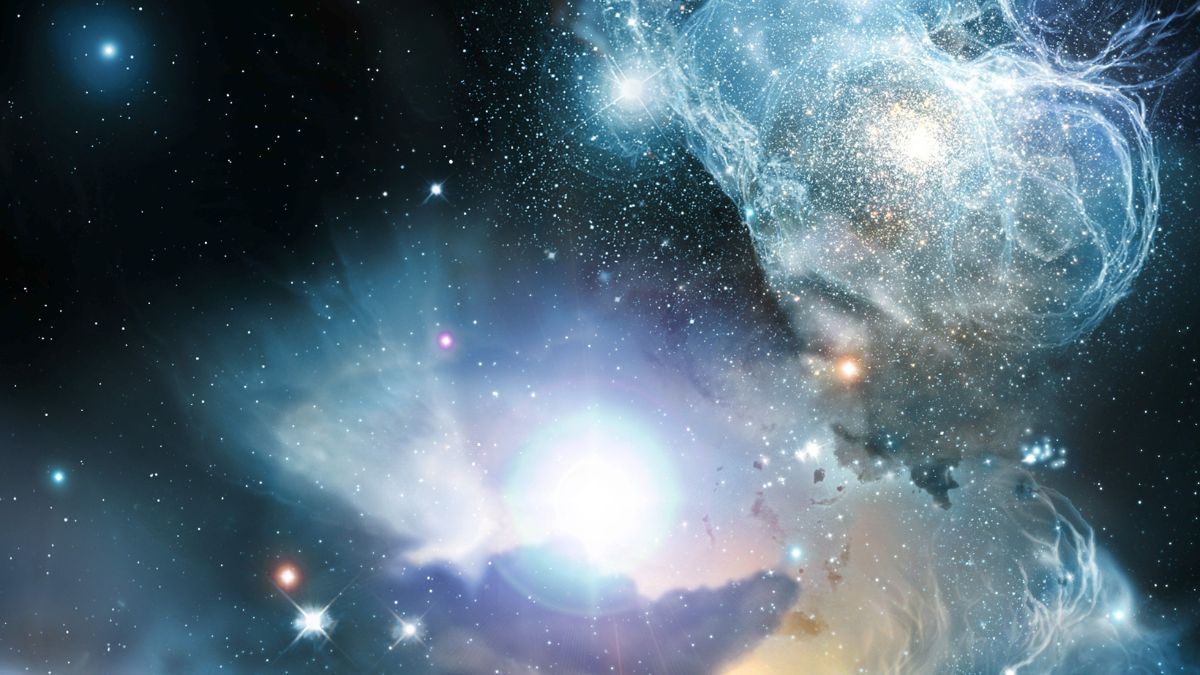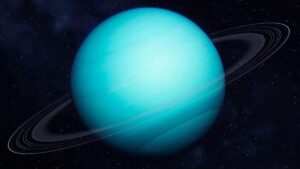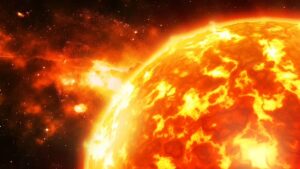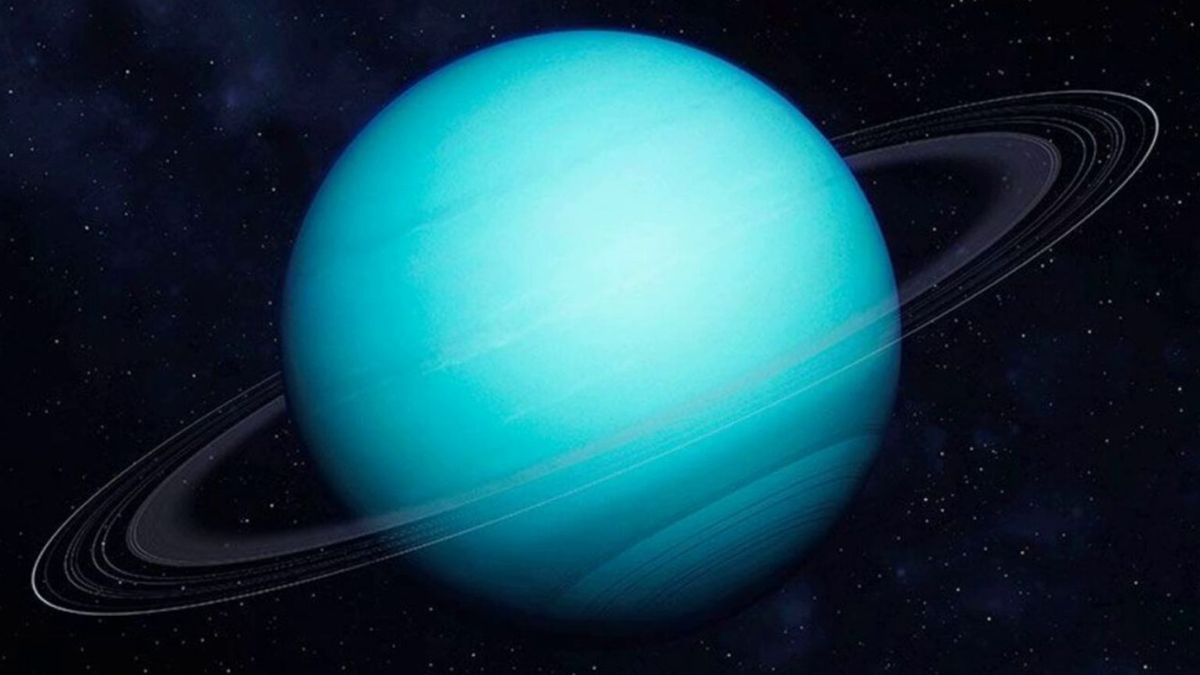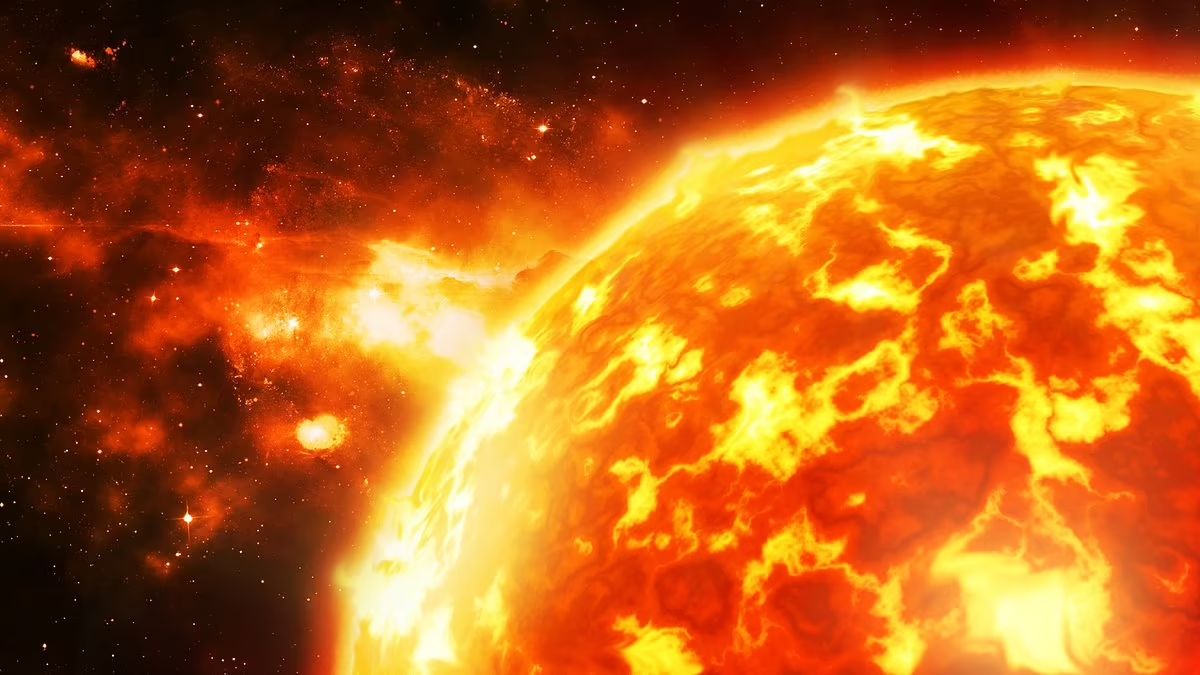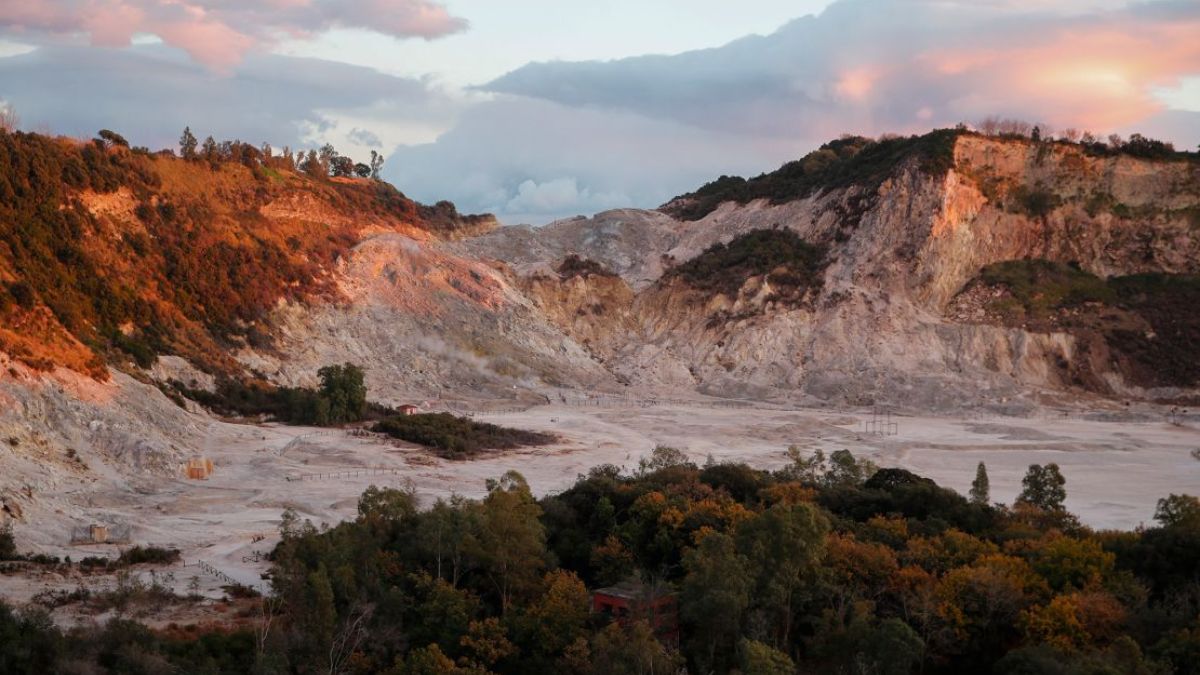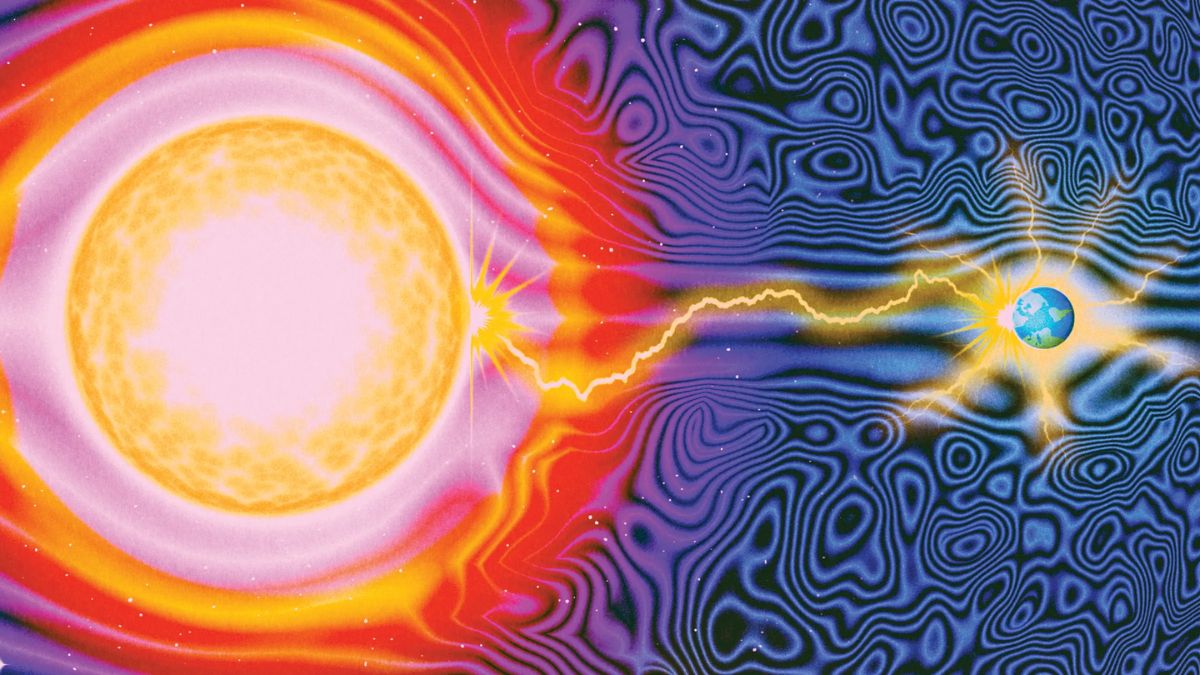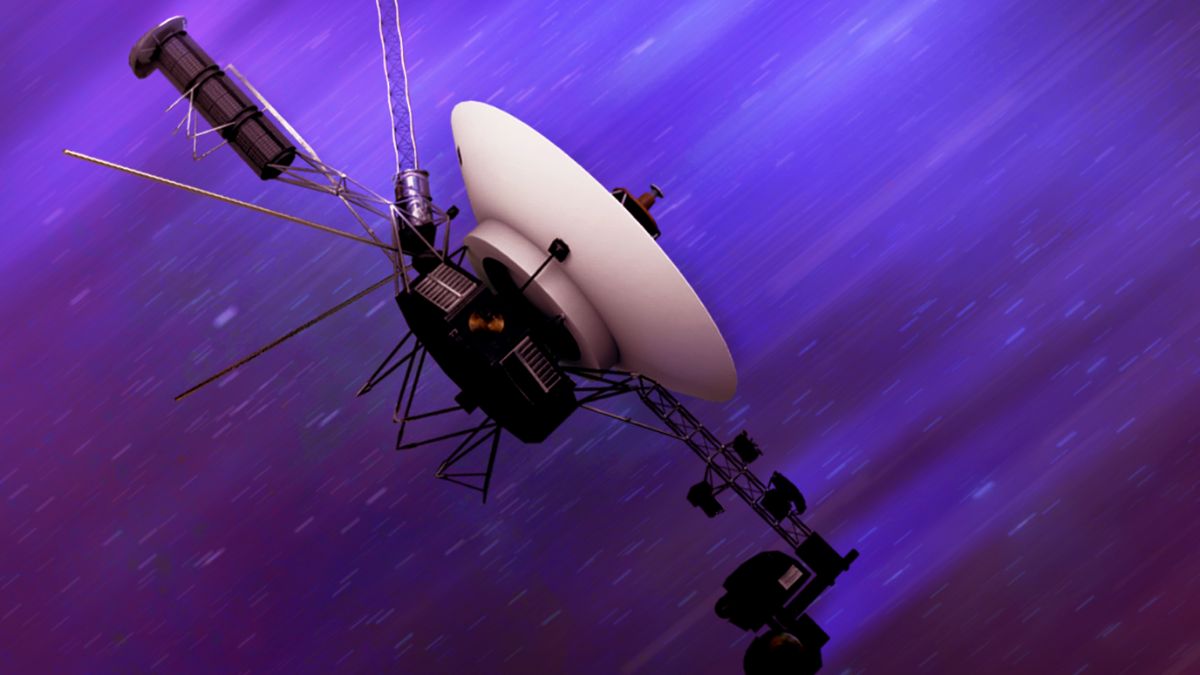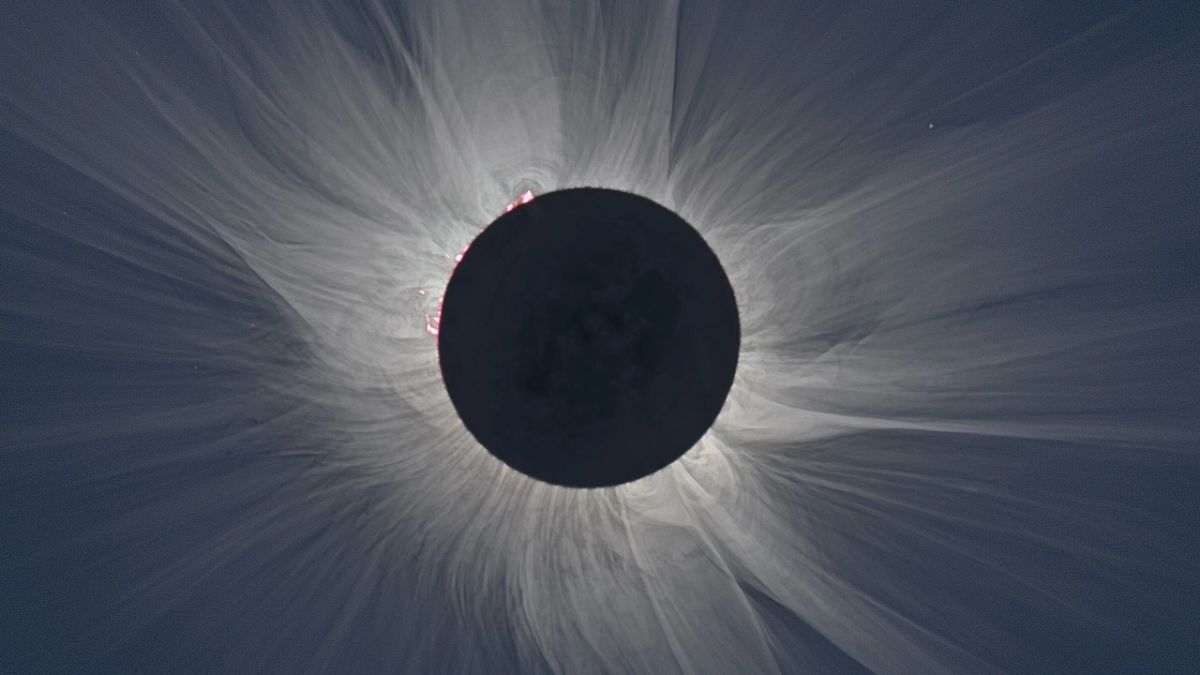What if I told you NASA just discovered something new… from 13.5 billion years ago? Sounds wild, right? But space is full of mysteries. Thanks to the powerful James Webb Space Telescope (JWST), scientists have found a galaxy so ancient, it takes us all the way back to the early days of the universe—just after the Big Bang. Let’s unpack what this means, how they found it, and why this discovery is huge in space science.
Discovery
NASA has confirmed the existence of a galaxy called MoM-z14—one of the brightest and oldest galaxies ever detected. Here’s the twist: it’s newly discovered by us, but it formed billions of years ago.
The light from this galaxy traveled for over 13.5 billion years to reach Earth. That’s why scientists are seeing it now. It’s like watching a really old movie, but in real-time. The galaxy’s brightness comes from huge stars that likely existed only when the universe was young. Plus, it’s loaded with nitrogen—more than carbon—which is a clue to the kind of massive stars that once lived there.
Time
So, how can something be new and ancient? Easy—space plays by its own rules.
The farther away a galaxy is, the longer its light takes to reach us. So when we see MoM-z14 today, we’re actually seeing it as it looked billions of years ago. That’s why scientists call it a new but ancient discovery. It’s new to us, but incredibly old in cosmic time.
Telescope
This incredible find was made possible by the James Webb Space Telescope (JWST). Unlike older telescopes like Hubble, JWST uses infrared light to see objects too faint or far for the human eye—or even for most technology—to detect.
Why is this such a game-changer? JWST captures more light and looks deeper into space than any telescope before it. Imagine upgrading from blurry black-and-white TV to 4K ultra HD—you’d suddenly notice a lot more.
Here’s how JWST compares to its predecessor:
| Feature | Hubble Telescope | James Webb Telescope |
|---|---|---|
| Launched | 1990 | 2021 |
| Light Detected | Visible & UV | Infrared |
| Mirror Diameter | 2.4 meters | 6.5 meters |
| Main Purpose | Stars, galaxies, nebulae | Early universe observation |
| Light Sensitivity | Moderate | Extremely high |
Origins
This galaxy is a direct link to the Big Bang Theory, which explains how everything started—time, space, matter—about 13.8 billion years ago. The Big Bang created the conditions for galaxies to form, and MoM-z14 is one of those very first galaxies.
Studying it helps scientists understand how the early universe looked, how stars were born, and how matter evolved into what we know today. It’s like discovering the baby photos of the universe.
Nitrogen
One odd but interesting detail? MoM-z14 contains more nitrogen than carbon. That’s pretty unusual. Normally, carbon plays a major role in stars and galaxies, but here, nitrogen is king. Why?
Because this galaxy likely had very massive stars that lived fast and died young, releasing nitrogen in the process. This gives astronomers valuable clues about how early stars lived—and died.
Future
This discovery is just the start. MoM-z14 opens the door to finding even more ancient galaxies. And trust me—astronomers are just getting warmed up.
In 2027, NASA plans to launch the Nancy Grace Roman Space Telescope. But don’t worry—JWST isn’t going anywhere. These two telescopes will work together: Roman will scan large areas, and JWST will zoom in for deep analysis.
Think of it like Roman finding the treasure map, and JWST digging for the gold.
Teamwork
Discoveries like MoM-z14 remind us that space research is a team effort—between telescopes, scientists, and tech innovations. It took years of work and the right tools to finally see something this far away and this old.
And that’s the magic of NASA. Every breakthrough brings more questions, more exploration, and more wonder. The universe is massive, mysterious, and endlessly exciting.
FAQs
What is MoM-z14 galaxy?
MoM-z14 is a newly discovered, ancient galaxy from 13.5 billion years ago.
How old is MoM-z14?
It’s around 13.5 billion years old, formed after the Big Bang.
Which telescope found MoM-z14?
NASA’s James Webb Space Telescope discovered MoM-z14.
Why is MoM-z14 important?
It helps scientists study early galaxy and star formation.
What’s next after JWST?
NASA plans to launch the Roman Space Telescope in 2027.

